Shrew, Mouse, and Vole Trails
I still get confused between Shrew, Mouse and Vole trails. A couple of mornings ago, when we got a fresh coat of snow, I could look down and see some pretty clear trails running perpendicular to the path I was walking on. They were small, had tracks of feet, and some showed tail drags. Some were bounding, some walking. While I looked at them I realized that I wasn’t 100% on which species or group of species they belonged to.
In light of this conundrum, I thought it would be worthwhile to put a little post together to help me better learn what to look for. Here goes.

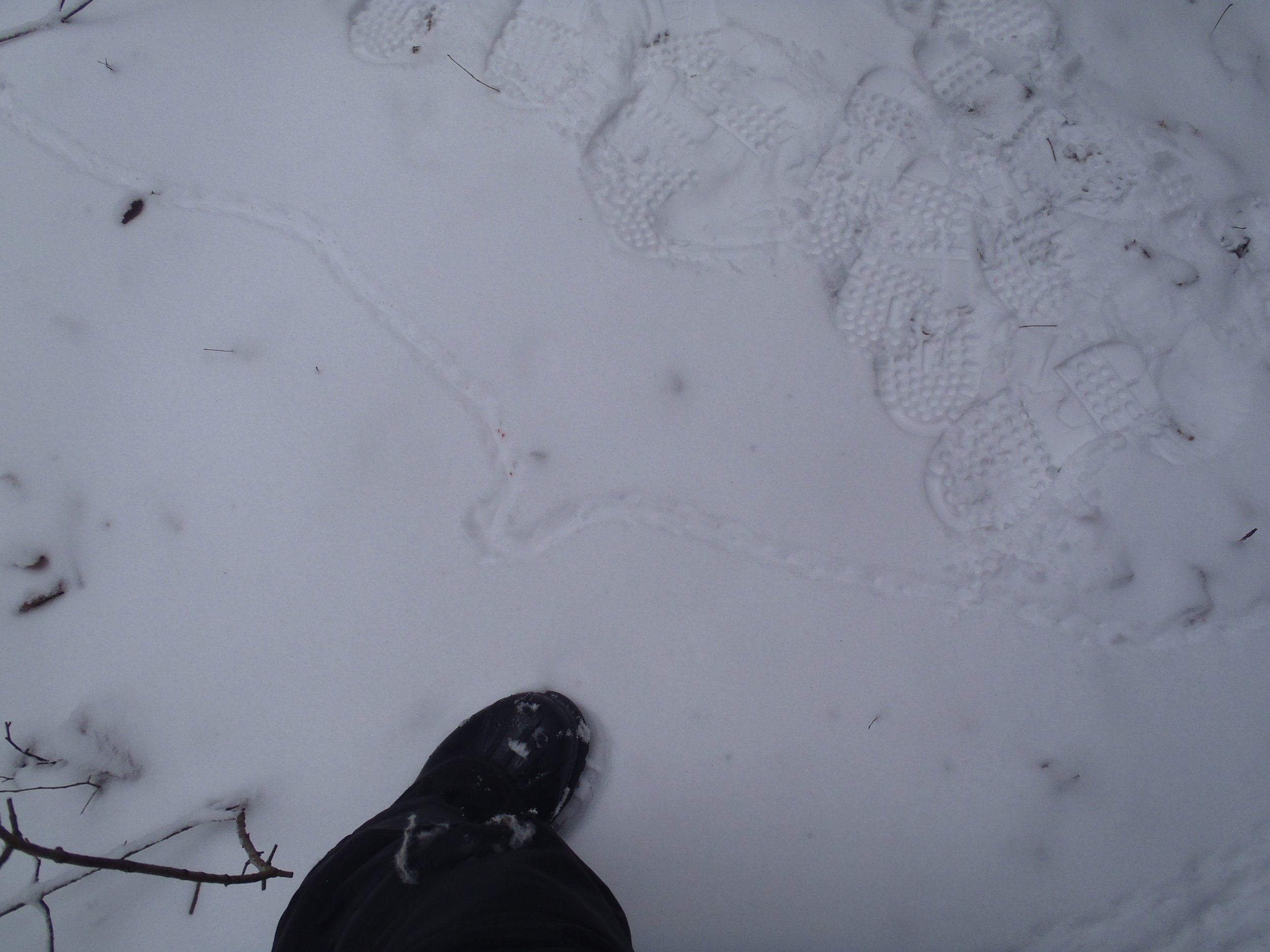

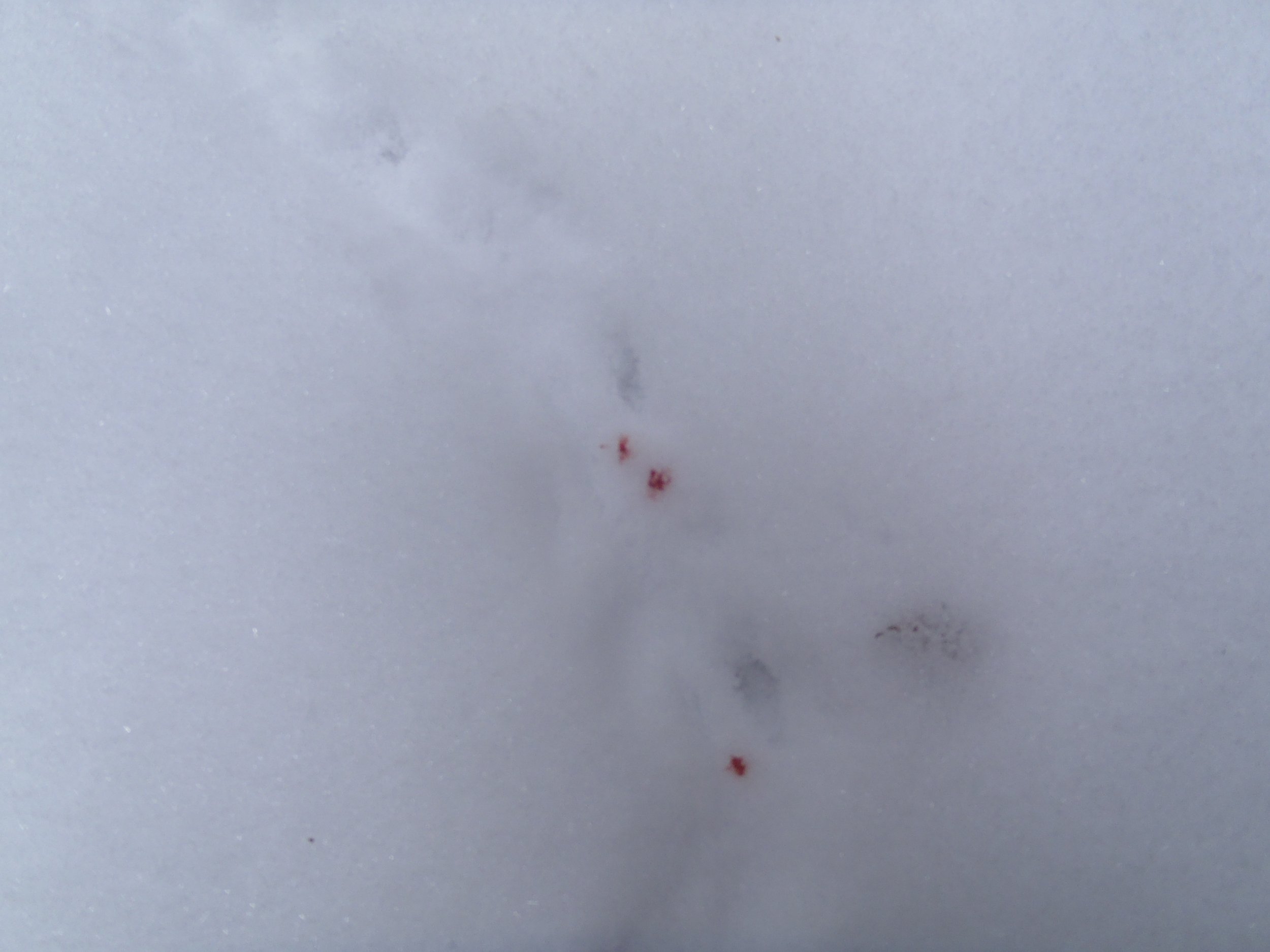
Short-tailed Shrew (Blarina brevicauda) trail : Short-tailed Shrews tend to move in erratic lines, wavy and coiling, not straight when they are trotting or walking along the surface of the snow. They may bound, but not often and it seems only in deep snow. The trail in the images above wasn’t very straight for very long, a good indicator for Shrew.
All Shrews have 5 toes on the front foot, and 5 toes on the back.
Walk Trail Width : 3.2 - 4.1 cm (1¼ - 1⅝ in)
Trot Trail Width : 2.5 - 3.5 cm (1 - 1⅜ in)
Another thing to remember, just to complicate things is that Shrews are different widths and lengths. Short-tails are on the larger ends of the Shrew spectrum in Ontario, with only the Northern Water Shrew (Sorex palustris) being very slightly larger. Luckily, S. palustris is just a little too North to be near me (Rice Lake is around the most Southerly they have been documented on inaturalist).
As for the smaller Shrews, there are three species recorded in Ontario. Pygmy Shrew (Sorex hoyi), and my neighbours more local to me, Smokey Shrew (Sorex fumeus) and Masked Shrew (Sorex cinereus). Sometimes their trails are around 2 cm, but not usually larger.
The smaller shrews will sometimes bound over deep snow as well, though their trails can be differentiated from Mouse or Vole species by looking for a smaller trail width.
Bound Trail Width : 1.9 - 2.5 cm (¾ - 1 in)
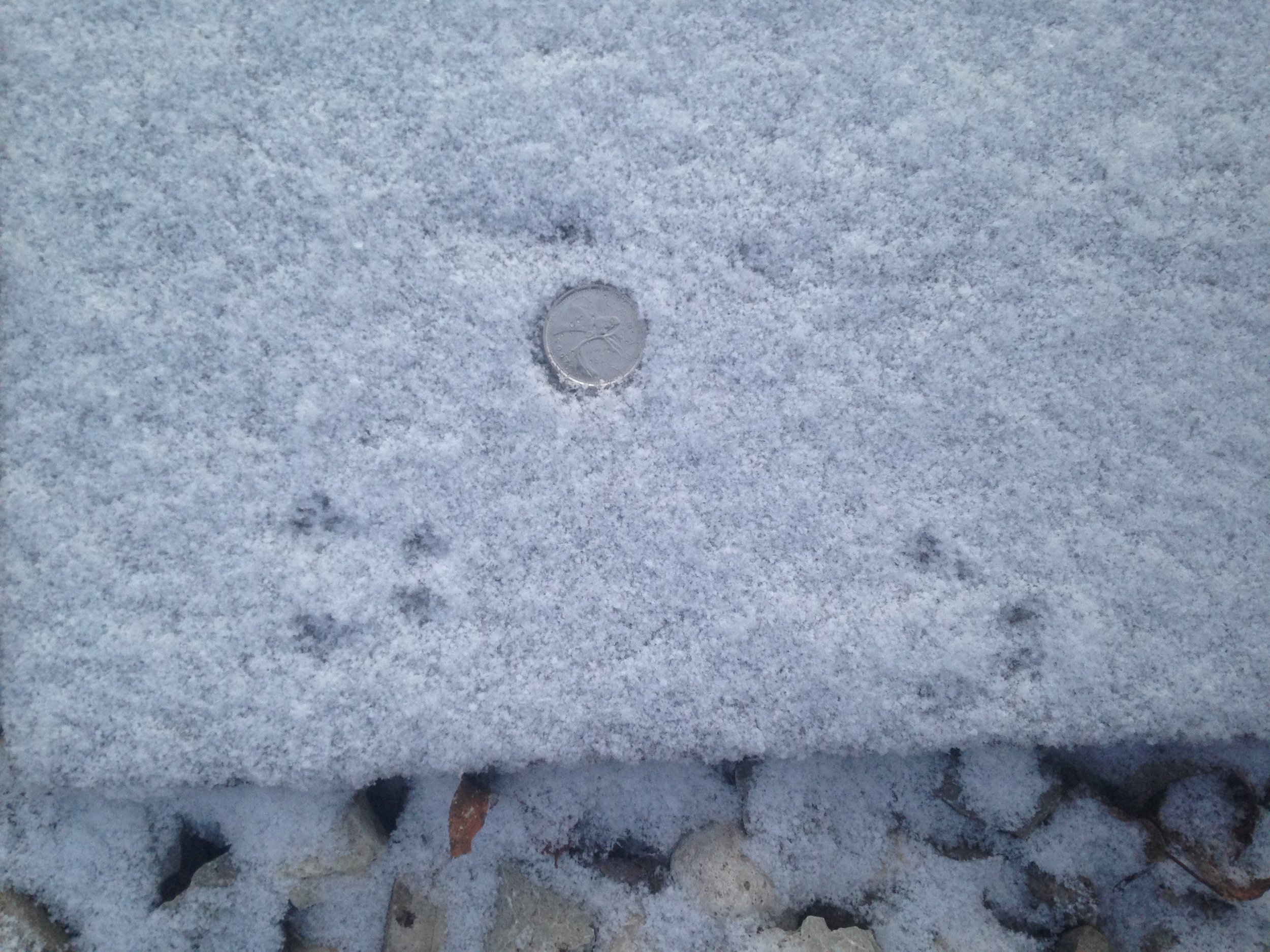

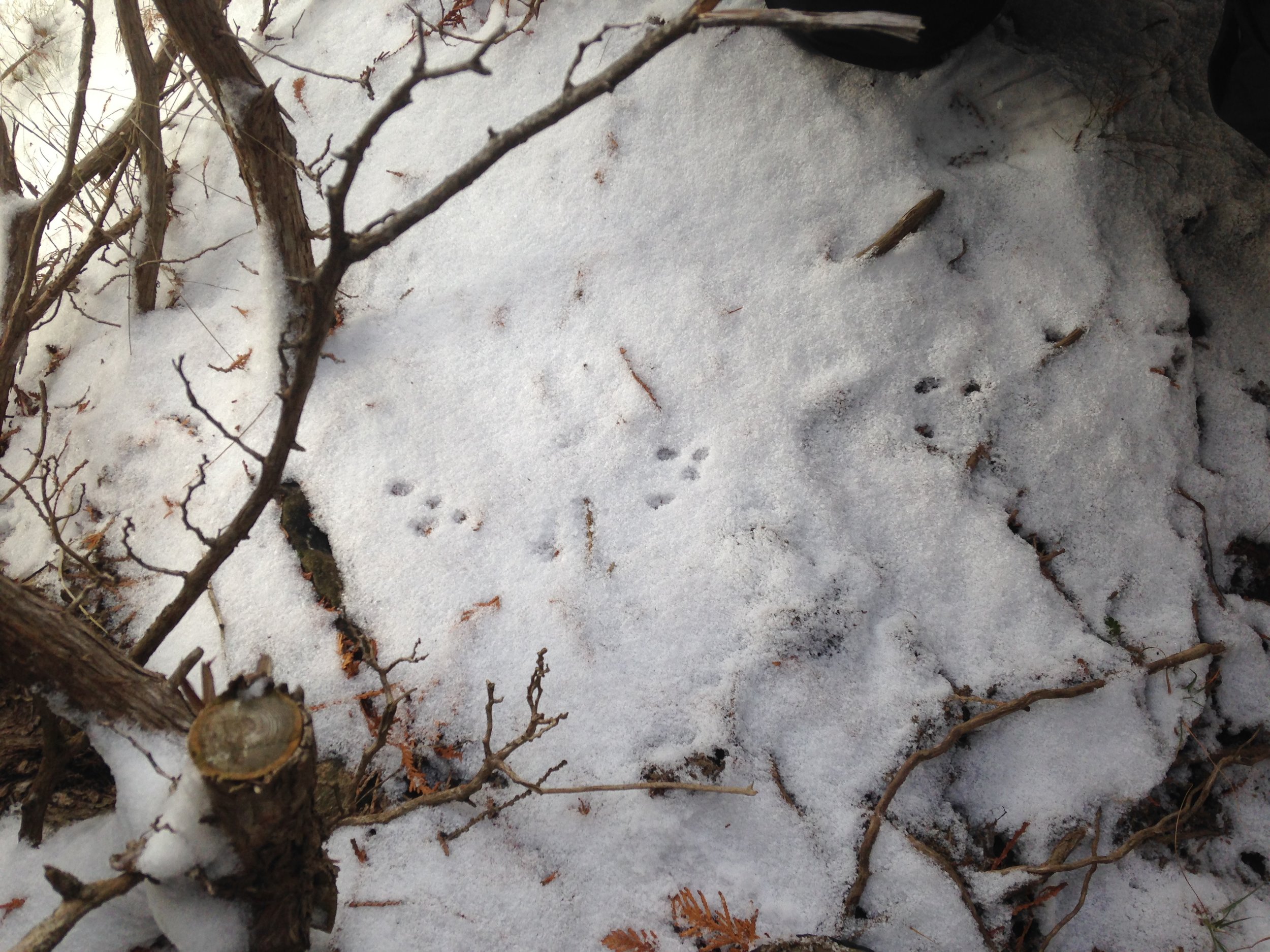
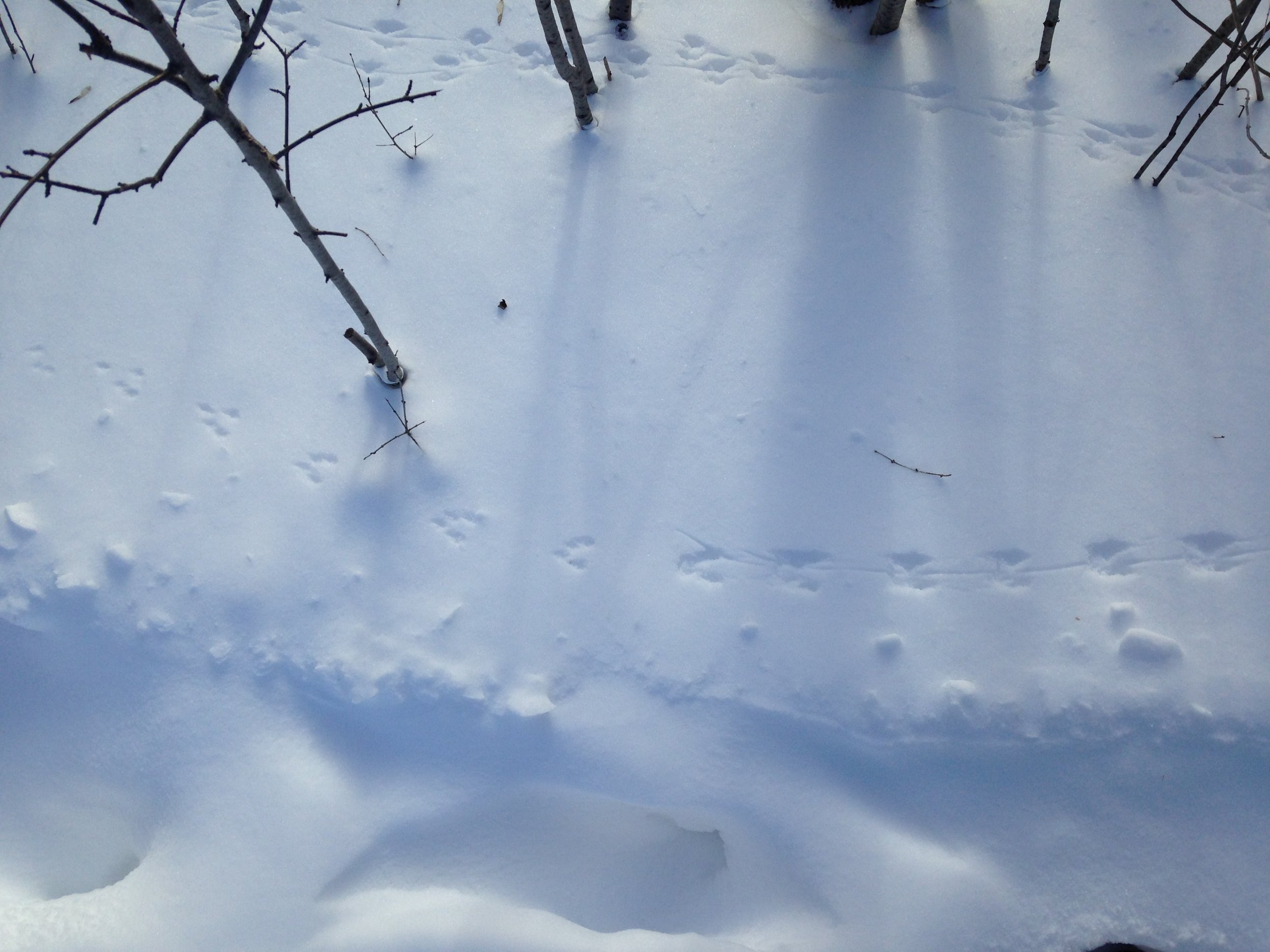
White-footed Deer Mouse (Peromyscus spp.) : I often make the misleading joke of creating a portmanteau of two different species of Mice. Deer Mouse (Peromyscus maniculatus) and White-footed Mouse (Peromyscus leucopus) are in fact two distinct species, but telling their trails apart where their ranges overlap is near impossible. Deer Mice occupy almost every habitat type while White-Footed Mice live in deciduous and mixed forests, hedgerows, brushy areas, croplands and semi-desert regions, which really is just about everywhere. Jumping Mice are found in my area, but I do not have any images of their trails and won’t be covering them here.
All Mice have 4 toes on the front foot, and 5 toes on the back.
Walk Trail Width : 2.5 - 4.4 cm (1 - 1¾ in)
Bound Trail Width : 3.2 - 4.4 cm (1 ¼ - 1 ¾ in)
The preferred gait of a Mouse is to bound. If you are blessed with the chance to see a clear trail, it is good to note that on the front feet, toes 2 and 5 point toward the sides while toes 3 and 4 point forward. Also good to look for a tail drag in the snow. Mice travel above the surface of the snow more often than voles or shrews, and if you follow a trail long enough, you may just find one of their midden piles under some shelter, like a board or log.
I have also been measuring some Mouse burrowing hole diameters in the snow lately, and have been recording measurements between 2.2 - 2.6 cm (⅞ - 1 in).
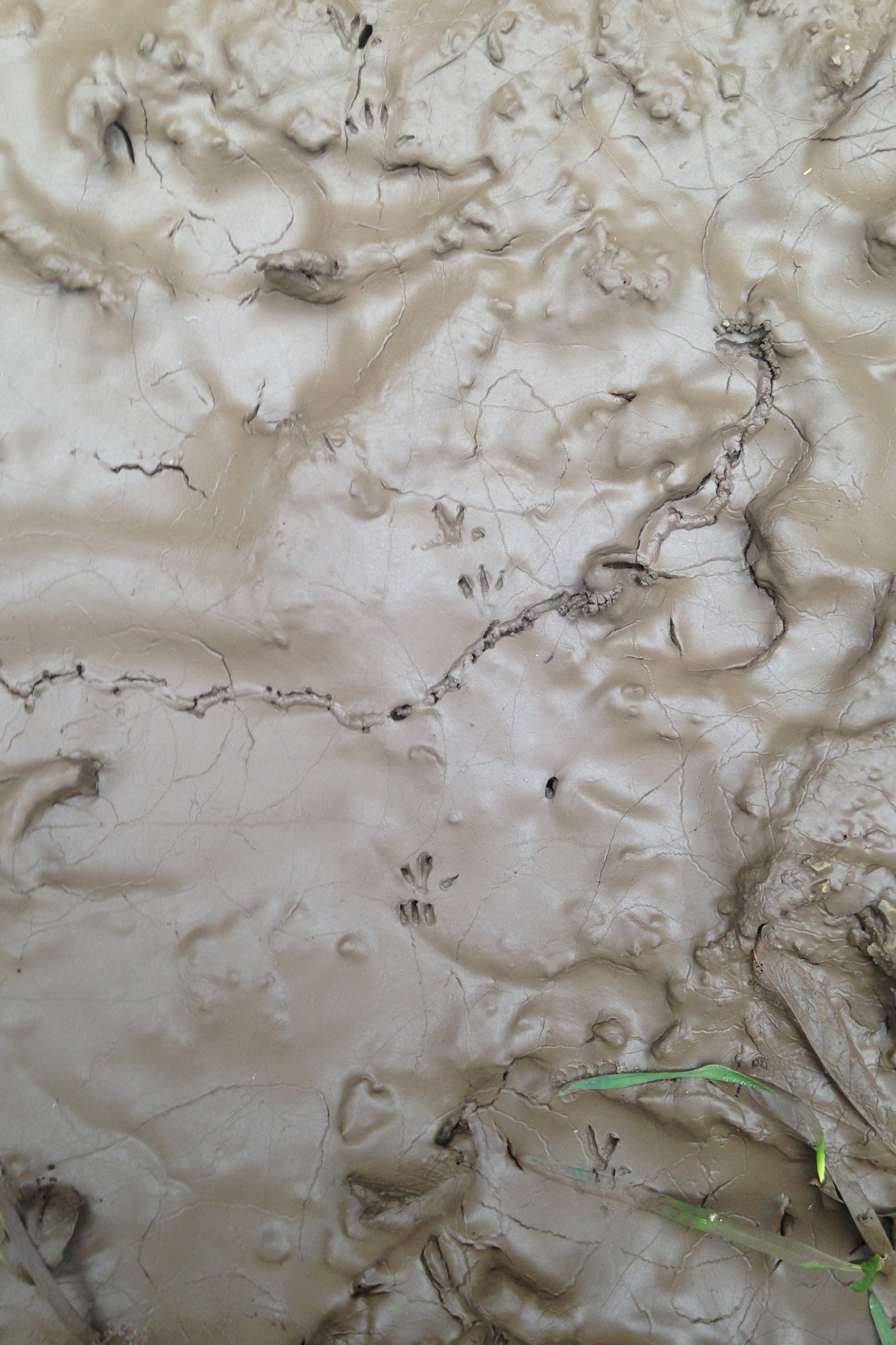


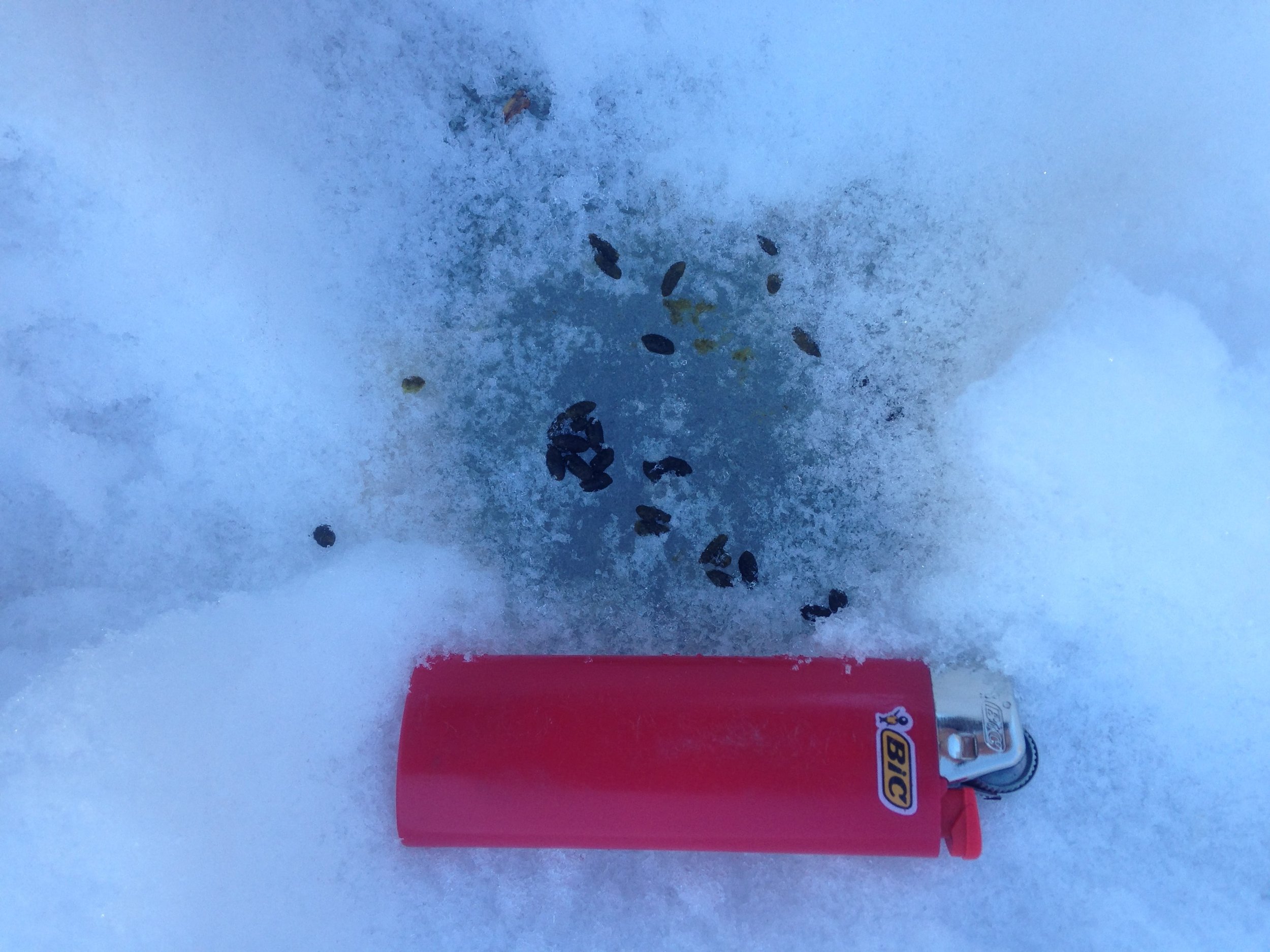
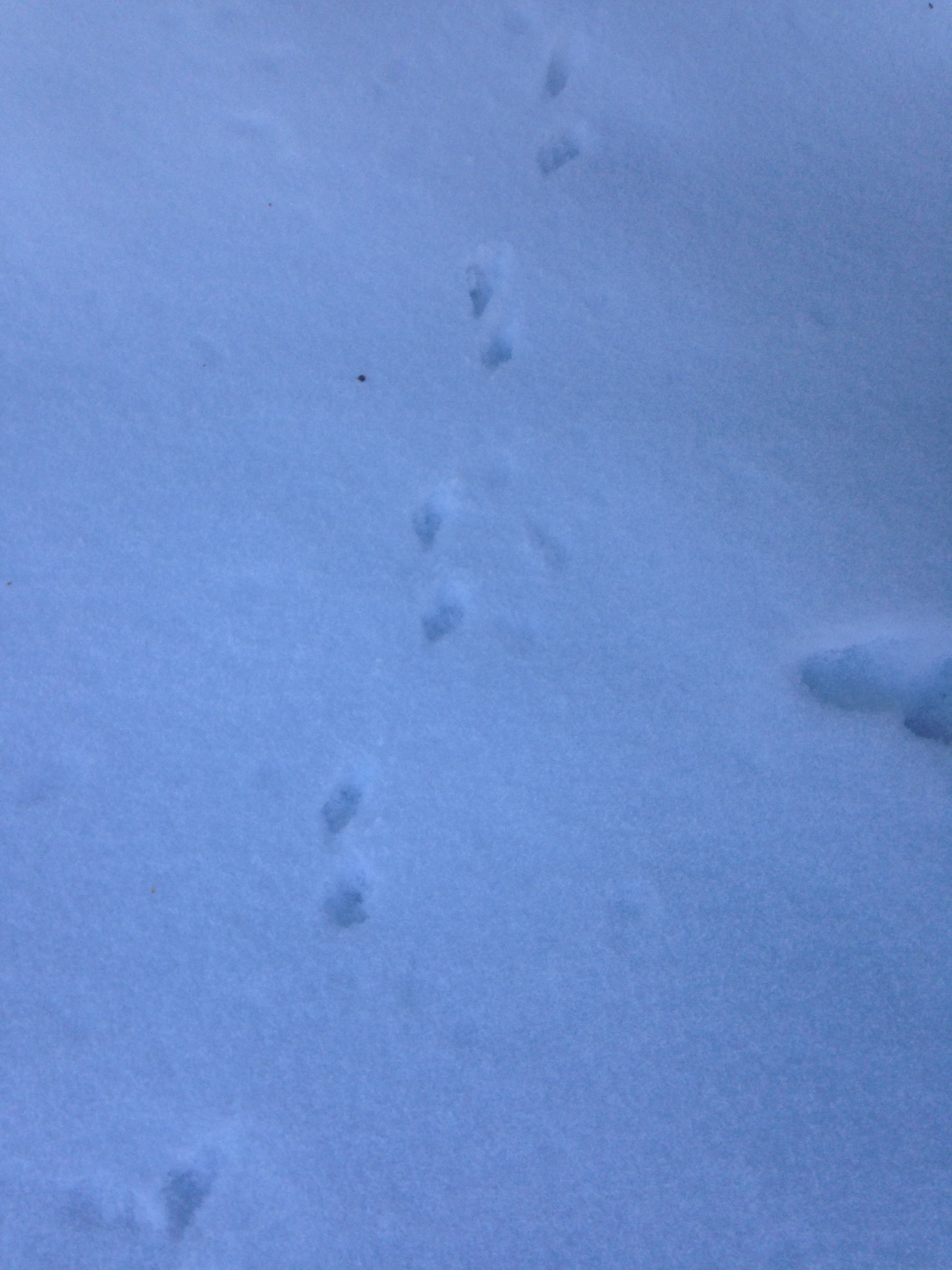
Meadow Vole (Microtus pennsylvanicus) and Red-backed Vole (Myodes gapperi) : Inaturalist seems to say that the Red-backed Vole doesn’t live around me, but folks I know and value the opinions of have seen them in the woods near me, so I will include them.
Walk Trail Width : 3.2 - 5.1 (1 ¼ - 2 in)
Trot Trail Width : 2.2 - 4.3 cm (⅞ - 1 11/16 in)
Bound Trail Width : 3 - 3.8 cm (1 3/16 - 1½ in)
2x2 Lope Trail Width : 2.5 - 3.5 cm (1 - 1⅜ in)
Meadow Voles almost always travel in a direct register trot but will bound when they are feeling threatened, but it’s rare. Bounds will often have hind feet landing side by side as opposed to a lot of Mice species in my area where the hinds usually land a little diagonally (though this isn’t always reliable). Tunnel under deep snow. Bounds often display a little tubular. If you follow the trail long enough, you may find scat.
Here is a chart I’ve made to keep track of some of what I have learned. Most of the numbers are from Mark Elbroch’s Mammal Tracks and Sign. This chart was inspired by Tamara Anderson. You can check out her website here.

